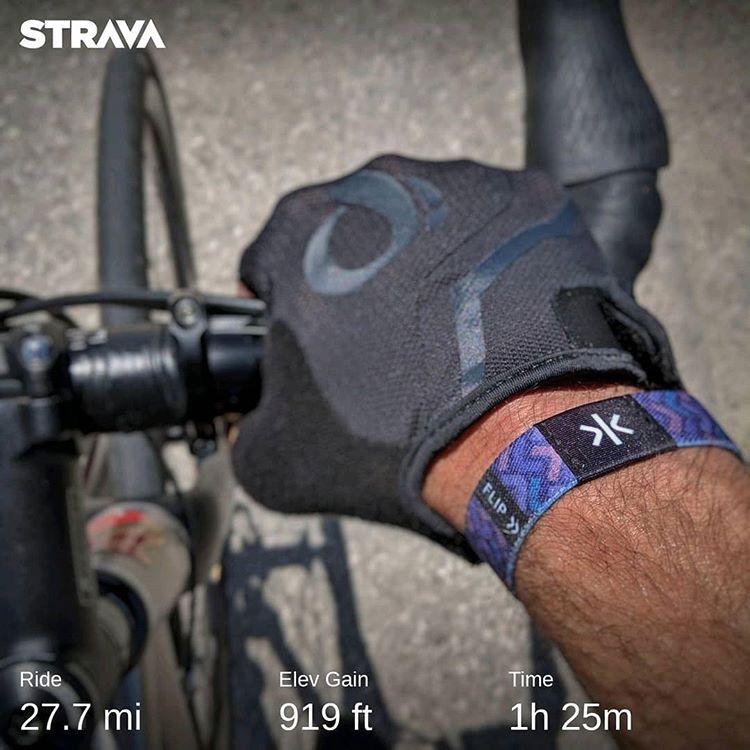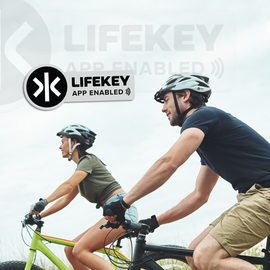First responders know the term. Or, at the very least, they’re familiar with its serious implications.
The first hour after the occurrence of a traumatic injury is considered the most critical for successful emergency treatment. It’s the Golden Hour.
We pulled the data and dissected it to better understand what that meant in terms of cyclist fatalities.
How many were killed upon impact? And, what percentage were not, but later succumbed?
What we learned surprised us.
We were very familiar with the increasing cycling fatalities over the past decade. Most of us pavement pedallers are similarly aware of the safety measures that we can take on our adventures: Lighting, hi-viz clothing, mirrors, helmets, reflectors and tactical awareness.
However, while these measures help us to avoid incidents, what happens when tragedy strikes?
Each year there are over 60,000 collisions involving cyclists and motor vehicles. From that, more than 2 cyclists per day are killed on US roadways. What hasn’t been as widely published or considered, is that over 62% of fatalities were not reported as having died at the scene.
What happened during that Golden Hour after an accident can often have a lasting impact. Simply printing an emergency contact on a band or your bike can be a first step. But, we have to ask ourselves if our contact would always be available or answer an unfamiliar call in a timely manner. New technologies (e.g., ANGI, Strava Beacon, Garmin Incident Detection) are emerging that may provide notifications or map sharing capabilities. These efforts show some future promise, but currently they are either expensive, require batteries, a mobile signal, or involve fragile electronics.
At Lifekey, we set out to solve this problem starting with durable, wearable technologies that we believe can increase your chances of survival in the event of an accident, to include:
-
Providing First Responders with helpful information to include: Name, age, allergies, blood type, current medications.
-
Automatic notification of one or more emergency contacts with location information.

The Lifekey® Connected Strap is waterproof, durable and doesn’t require batteries or charging.
We’ve overcome serious design and manufacturing challenges these past few months to bring to market inexpensive tech in the form of wrist straps, helmet badges, and connected garment patches with the ability to give you and your loved ones peace of mind when you’re on your next adventure — big or small. A walk around town, a hike in the woods, or your commute to work on a bike. While all have a measure of risk, we believe that those risks can be minimized.
And, we’re not stopping here. We’re busy developing industry-first technology that has the potential to significantly reduce cyclist (and runner) fatalities. We hope to share more on our progress in the coming months.
Cyclists are banding together as never before to address these unnerving trends. As members of that community, we welcome your feedback on how we can improve these technologies to minimize the risk of injury or death to anyone in our family.
Team Lifekey
hello@lifekey.co


